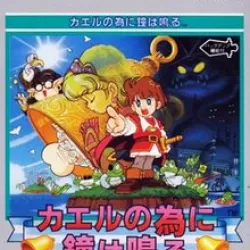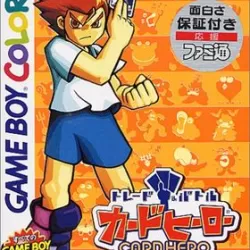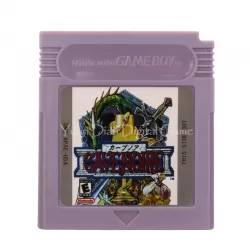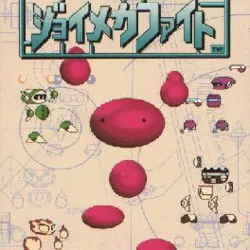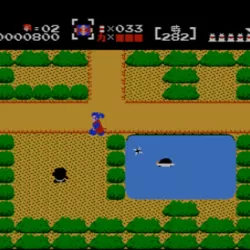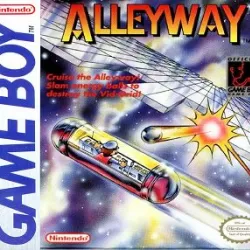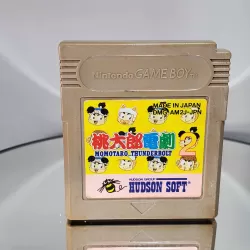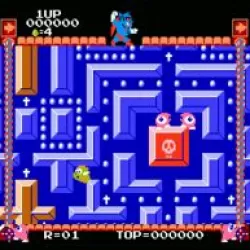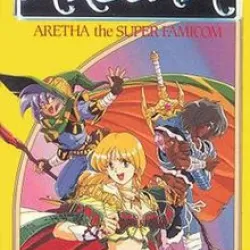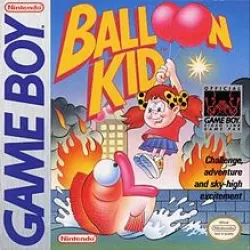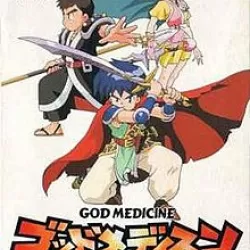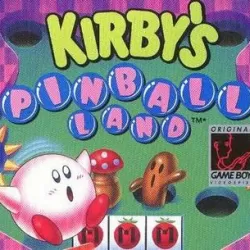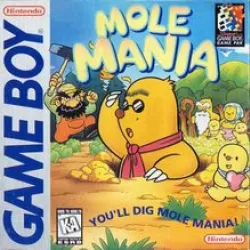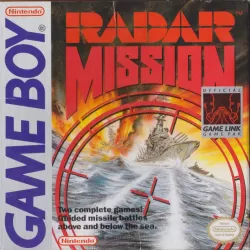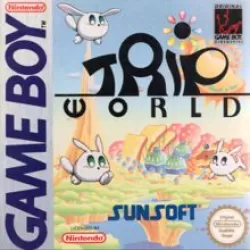Kaeru no Tame ni Kane wa Naru
Details: Video game
Descr: Kaeru no Tame ni Kane wa Naru, also referred to as The Frog for Whom the Bell Tolls, is an action role-playing video game developed by Team Shikamaru of Nintendo's Research and Development 1 division, in cooperation with the external company Intelligent Systems. Wikipedia
Initial Release Date: September 14, 1992
Composer: Kazumi Totaka
Writer: Yoshio Sakamoto
Designers: Yoshio Sakamoto, Makoto Kano, Gunpei Yokoi
Developers: Nintendo, Nintendo Research & Development 1, Intelligent Systems
Platform: Game Boy
Descr: Kaeru no Tame ni Kane wa Naru, also referred to as The Frog for Whom the Bell Tolls, is an action role-playing video game developed by Team Shikamaru of Nintendo's Research and Development 1 division, in cooperation with the external company Intelligent Systems. Wikipedia
Initial Release Date: September 14, 1992
Composer: Kazumi Totaka
Writer: Yoshio Sakamoto
Designers: Yoshio Sakamoto, Makoto Kano, Gunpei Yokoi
Developers: Nintendo, Nintendo Research & Development 1, Intelligent Systems
Platform: Game Boy
